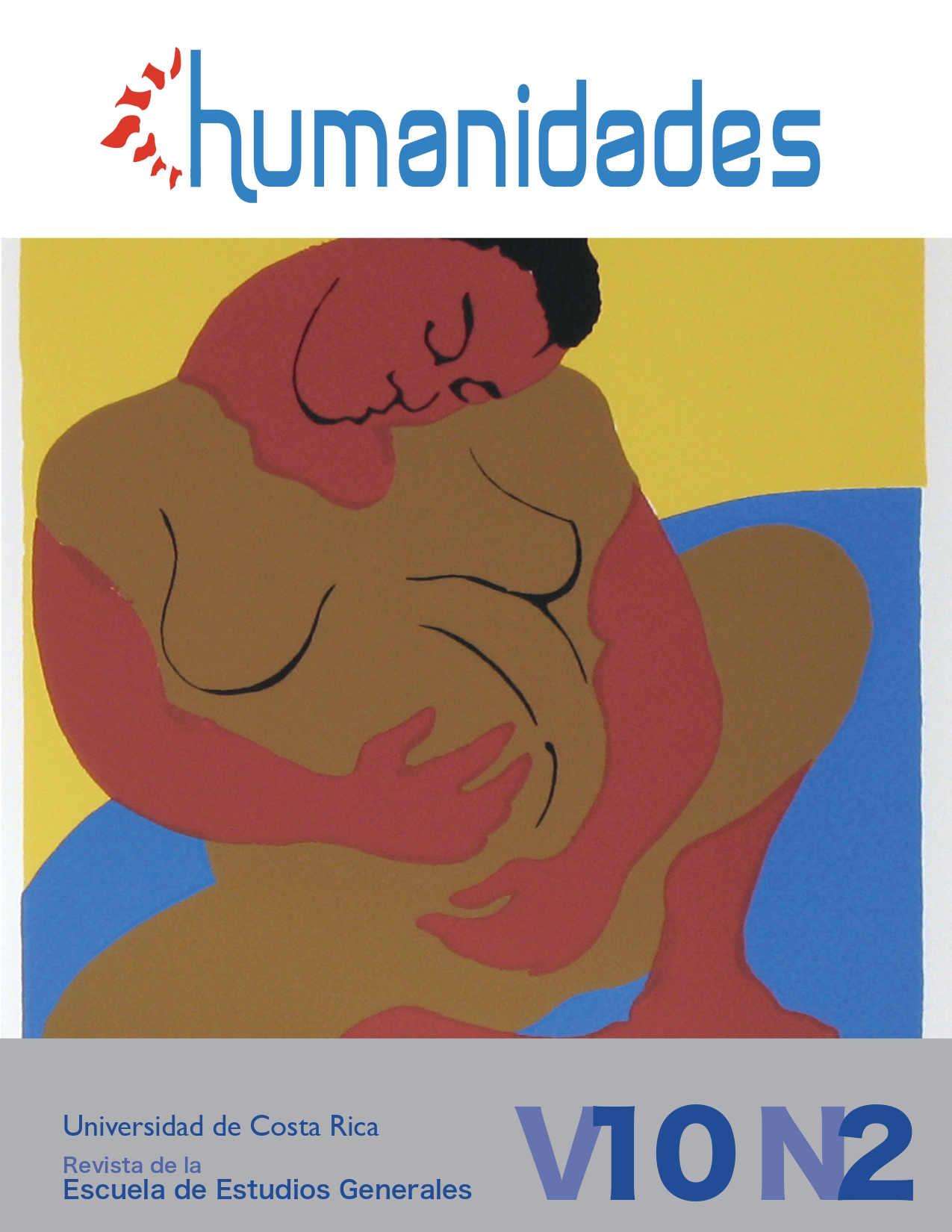Abstract
The zombie has ceased to be the start of low-budget films and has become a scientific concept (biological, social, economic and techonological), a metaphor for the reflection of the varius social problems, in an entity that has gone from human to posthuman, until becoming an antisubject. The zombie causes fear in two directions: the first, to be devoured by it and, the second, to become one. Its ontological position places it between the subject and the object, breaking the dual models, regardless of gender, socioeconomic statu or geography, so it is the ideal metaphor for contemporany social analysis, where marxist, post cololinal and gender, post structuralist, postmodern, posthumanist theories can dialogue. From a theoretical approach, from anthropology, sociology and cinema, this essay ponder on the zombie outside the classical reductionist views, which have placed it as a marginal cultural product, intended to satisfy playful momento, contrary to this position, what is intended, rather, is to give a critical view of the zombie and its contemporary social interference.
References
Agamben, G. (2006). Homo Sacer. El poder soberano y la nuda vida. Valencia: Pre-Textos.
Añón, A. (2018). Aproximaciones a la metáfora zombi en el cine: de Halperin a Romero. En M. Miguel (Ed.), ¿Qué es el cine? IX congreso internacional de análisis textual (pp. 295-306). España: Ediciones Universidad de Valladolid.
Barel, Y. (1982). La marginalité sociale. París: Presses Universitaires de France.
Beck, U. (2002). De la sociedad industrial a la sociedad del riesgo: cuestiones de supervivencia, estructura social e ilustración ecológica. En La sociedad del riesgo global (pp. 75-113). Madrid: Siglo XXI.
Bishop, K. (2010). Dead Man Still Walking: Explaining the Zombie Renaissan-ce. Journal of Popular Film and Television, 37(1), 16-25.
Boluk, S. y Lenz, W. (2011). Introduction: Generation Z, the age of apocalypse. En S. Boluk y W. Lenz (Eds.), Generation zombie. Essays on the living dead in the modern culture (pp. 91-99). North Carolina: McFarland & Company.
Braidotti, R. (2009). Lo Posthumano. Barcelona: Gedisa.
Calabrese, O. (1989). La era neobarroca. Madrid: Cátedra.
Castro, S. (2007). Michel Foucault y la colonialidad del poder. Revista Tabula Rasa, 6, 153-172.
Chalmers, D. (1999). La mente consciente. Barcelona: Editorial Editorial Gedisa.
Cohen, J. (1996). Monster Theory. Estados Unidos: University of Minnesota Press.
Coulombe, M. (2012). Petite philosophie du zombie. Paris: Presses Universitaires de France.
Deleuze, G. y Guattari, F. (2002). Micropolítica y segmentaridad. En Mil Mesetas: Capitalismo y esquizofrenia (pp. 213- 238). Valencia: Pre-textos.
Del Olmo, A. (2012). El eterno retorno del no-muerto como arquetipo fílmico: Una aproximación a la figura del zombi en la cultura popular contemporánea (tesis de doctorado). Repositorio Institucional. Universitat Ramon Llull, Barcelona, España.
Dendle, P. (2007). Monsters and the Monstrous. New York: Rodopi.
Díaz, J. y Meloni, C. (2016). Abecedario zombi. Madrid: El Salmón Contracorriente.
Esposito, R. (2005). Inmunnitas. Protección y negación de la vida. Buenos Aires: Amorrortu Editores.
Fernández, J. (2011). Filosofía zombi. Barcelona: Anagrama.
Han, B. (2020). La emergencia viral y el mundo de mañana. En P. Amadeo (Ed.), Sopa de Wuhan. Pensamiento contemporáneo en tiempos de pandemia (pp. 97-112). Buenos Aires: Editorial ASPO (Aislamiento Social Preventivo y Obligatorio).
Hardt, M. y Negri, A. (2004). Multitud. Barcelona: Debosillo.
Mcintosh, S. y Leverette, M. (2008). Zombie Culture: Autopsies of the Living Dead. Toronto: The Scarecrow Press.
Moraña, M. (2017). El monstruo como máquina de guerra. Iberoamericana Madrid: Editorial Vervuert.
Nespereira, J. (2014). Los discursos de la pandemia. Nuevas estrategias de comunicación del riesgo en un nuevo contexto sociocultural. Revista de Estudios Culturales de la Universitat Jaume I, 13, 185-199.
Pantoja, A. (2017). Tiempo de zombis: la realidad de los muertos vivientes en la ficción cinematográfica. En M. Urraco, J. García y M. Baelo (Eds.), Mundos Z. Sociologías del género zombi (pp. 31-51). Madrid: Los libros de la Catarata.
Peris, J. (2018). Ficciones inmunitarias. Sobre la lógica de la inmunidad en la cultura contemporánea. Papeles del CEIC, 1, 1-32.
Platzeck, J. (2016). El monstruo y el poder: un diálogo entre biopolítica y zombies. Revista Representaciones, 12(1), 77-94.
Sánchez, R. (2013). Muertos, infectados y poseídos: el zombi en el cine español contemporáneo. Revista de Estudios Hispánicos Pasavento, 1, 11-34.
Sontag, S. (1996). Contra la interpretación. Madrid: Alfaguara.
Urraco, M., García, J. y Baelo, M. (Eds.). (2017). Mundos Z. Sociologías del género zombi. Madrid: Los libros de la Catarata.
Verevis, C. (2010). Redefining the Sequel. The Case of the (Living) Dead. En C. Jess-Cooke y C. Verevis (Eds.), Second Takes: Critical Approaches to the Film Sequel (pp. 11- 30). Albany, Sontag: SUNY Press.
ŽiŽek, S. (2020). El coronavirus es un golpe al capitalismo a lo Kill Bill. En P. Amadeo (Ed.), Sopa de Wuhan. Pensamiento contemporáneo en tiempos de pandemia (pp. 21-29). Buenos Aires: Editorial ASPO (Aislamiento Social Preventivo y Obligatorio).


